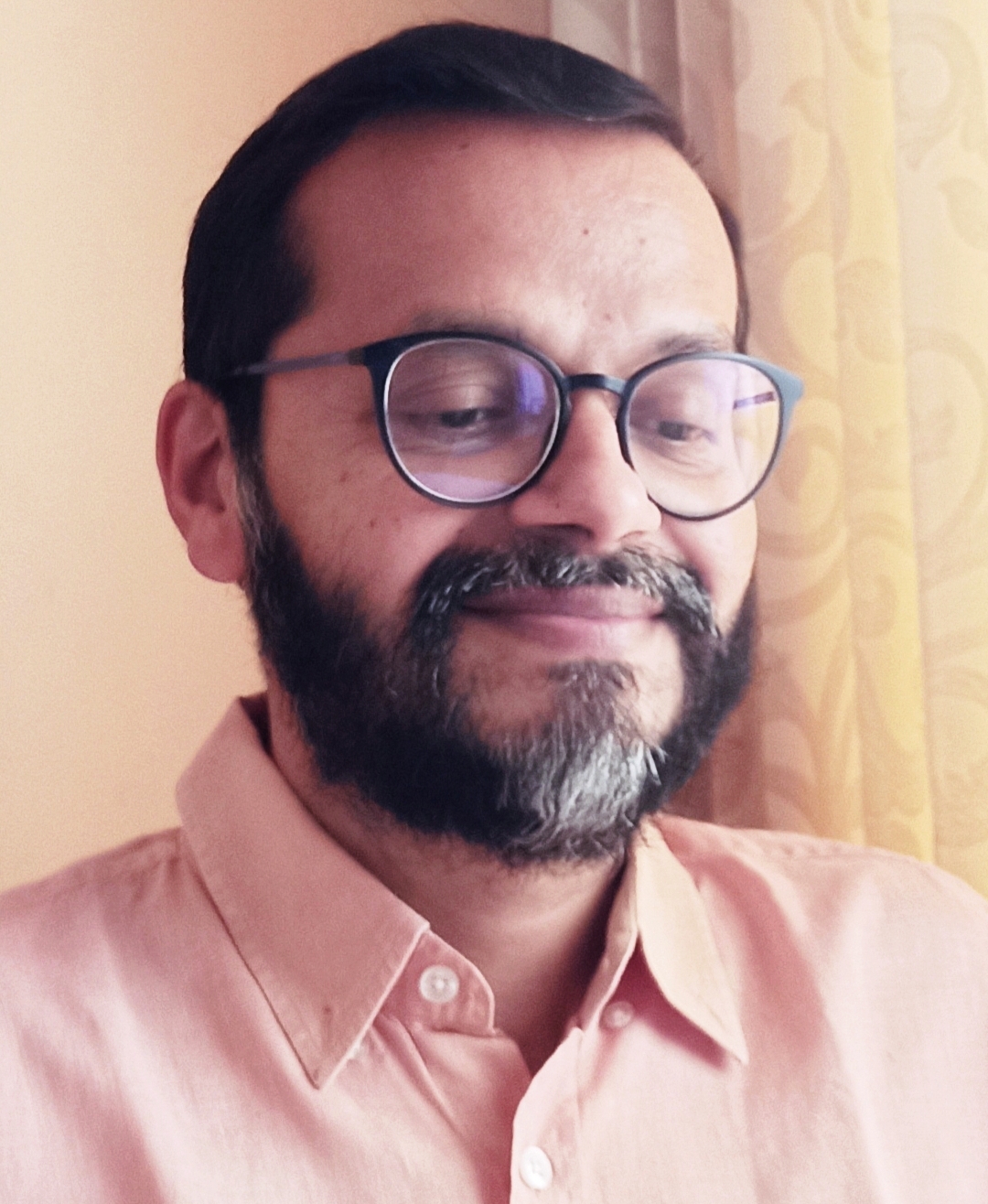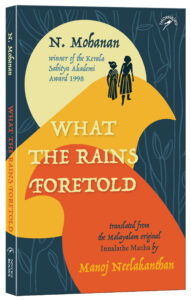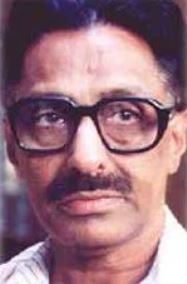Interview: Manoj Neelakanthan On Translating N.Mohanan’s Novel What The Rains Foretold


What The Rains Foretold is a novel penned by the winner of the Kerala Sahitya Akademi Award in 1998, N.Mohanan. The novel has been translated from the Malayalam original Innalathe Mazha by Manoj Neelakanthan. The Kolkata Mail correspondent Priyanka Dutta caught up with Manoj Neelakanthan in an exclusive conversation about the book. Excerpts..
How challenging was translating a book that has won the Sahitya Akademi award?
Manoj Neelakanthan-Well, that the book won the Sahitya Akademi Award certainly gave it prominence in the literary scene in Kerala. It was perhaps the reason for it finding its way to our home and being read and discussed the way it was.
N Mohanan’s language in the original is lyrical and full of Hamlet-Esque introspections, and musings into the battle of will versus destiny. Vararuchi occupies most of the narrative, with proclamations or monologues with himself. Other characters are but a foil to his deeds, until the end when he meets his brother and changes course.
Like in all translations, I believe, the real challenge is to find a voice for the characters that sound at home in a different tongue. Their journey through the arc of the narrative and the landscape against which it is set had to be expressed in a manner that reads naturally in the translation.
Take for example the birds that keep their date with destiny. Given their prophecies and how it nudges the narrative, I chose to express them in a singsong, rhyming poetry that I think provides relief from the intensity of the protagonist’s tortured journey.
Through such a mix of voices, I sought to lend the texture that is natural in the original; but had to be brought into the translated work.
The story is based on a well-known legend. Were you aware of it even before you translated the book?
Manoj Neelakanthan- Hailing from Kerala, it is indeed hard to escape the original myth surrounding the land and its people. Many texts have examined the subject and I remain indebted to the treasure trove that exists. However, N Mohanan’s work is distinguished by its masterly introspection into the life of this unlikely couple and the unusual circumstance of their coming together that casts such a long shadow on our time.
Did Vararuchi and Panchami walk the face of this land in their seeking, or is it all simply a tale, a figment of myth-making imagination? One is not sure for India is a land where legend mingles easily with reality. The people and places the legend refers to are, however, not without basis and have become familiar landmarks in Kerala today. To this day, there is a communion that brings together the direct descendants of the pioneering First Generation – the very blood as it were, of Vararuchi and Panchami. Fact or fiction, here was a community drawn from people of diverse walks, brought up differently among people of castes high and low – and yet retained a sense of family.
It was this universal, altruistic message of the story, that spoke to a time and place beyond the setting of Kerala that appealed to me. In all humility what I have attempted is a retelling of something that always existed in the consciousness of the Keralite. And though far, far removed, I would like to think that I am but a link in the continuum that began with the couple in this novel.

There are many stories in regional languages that are gems of Indian literature. How important is translating these stories into the English language?
Manoj Neelakanthan- The time has come for us to master the narrative, as Chinua Achebe says. And this we can do by making our regional voices heard on the world stage. Quite like the translated works of Latin American writers that have brought home to us an evocative picture of the land, its people, and their ways. Set against the arc of their proper history, they shine a light on the land and their people while also giving a lie to cliches.
Not just in English, but in other international languages too. All in all, we are a nation of countless stories waiting to be told!
And therein lies the challenge in translation, they need to be told compellingly, and authentically in a foreign tongue. In a manner that makes an English or French or German reader feel at home in a new place.
You work as a design professional. How do you take out time for such translation works?
Manoj Neelakanthan- Time is never enough for all the work one wants to do! With a day job that’s as far from writing as you could imagine, this book has truly been a labor of love. I certainly wish I could get into a routine of writing every day, but sadly that hasn’t happened.
So, the truth is that I have chipped away at this book for a very long time, without hastening to an end. In doing so, I’ve thoroughly enjoyed the process of walking in two worlds that comes with the act of translation.
How much time did it take to complete this translation work?
Manoj Neelakanthan- Well, since I did not really have a continuous run in writing this book, it would be hard to put a figure. I carried the book within me ever since its first reading around the time of its winning the Sahitya Akademi award in ‘98. But it took the pandemic years to really bring focus and a diversion of sorts to bring the book to its current form.
There is a tourism circuit project in connection with this book. Do you think that tourism projects of this kind must come up with other books as well?
Manoj Neelakanthan- Since ours is a land where myth mingles easily with reality, there are markers to people and places today where the lore comes alive. This act of bringing alive a legend can be greatly facilitated through tourism circuits.
Indophiles, tourists who, intrigued by the legend might seek to trace the paths described, the river, the temple, and other familiar landmarks mentioned in the book; following as it were, in the footsteps of Vararuchi and Panchami.
This would need a different kind of treatment too in production I’d imagine, well-illustrated with maps and references, quite in the nature of books that promote literary tourism. I remember having read of a certain balcony in Verona, Italy having become famous simply on account of being associated with the tale of Romeo and Juliet. Now, the tourist is impressed by the (implausible) suggestion that this is the setting Shakespeare had in his mind’s eye while writing the scene. In itself, it is a total abstraction but shows how powerful the word-as-image can be in promoting a venue.
So yes, tourism projects that promote works of literature immersively are a great facilitator.
